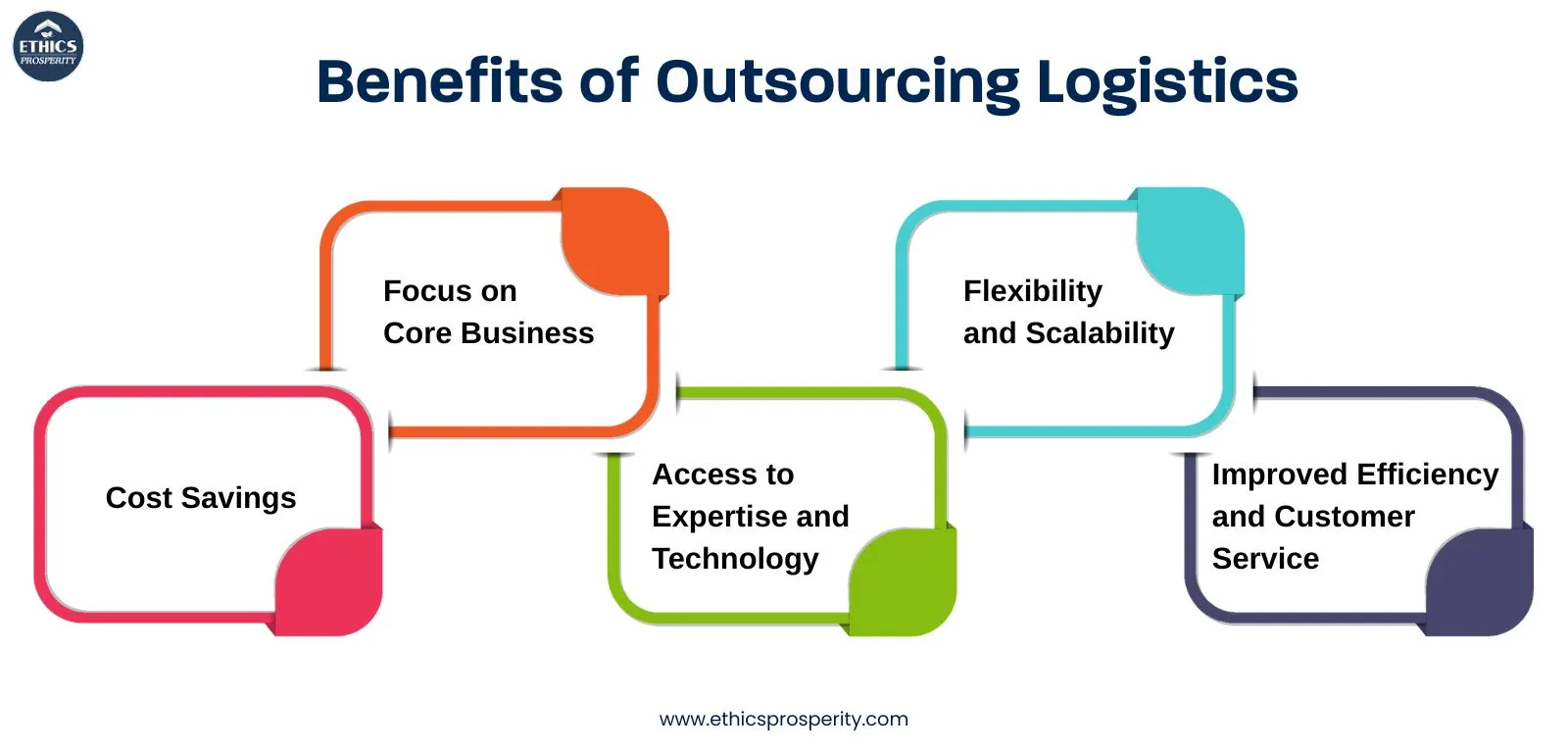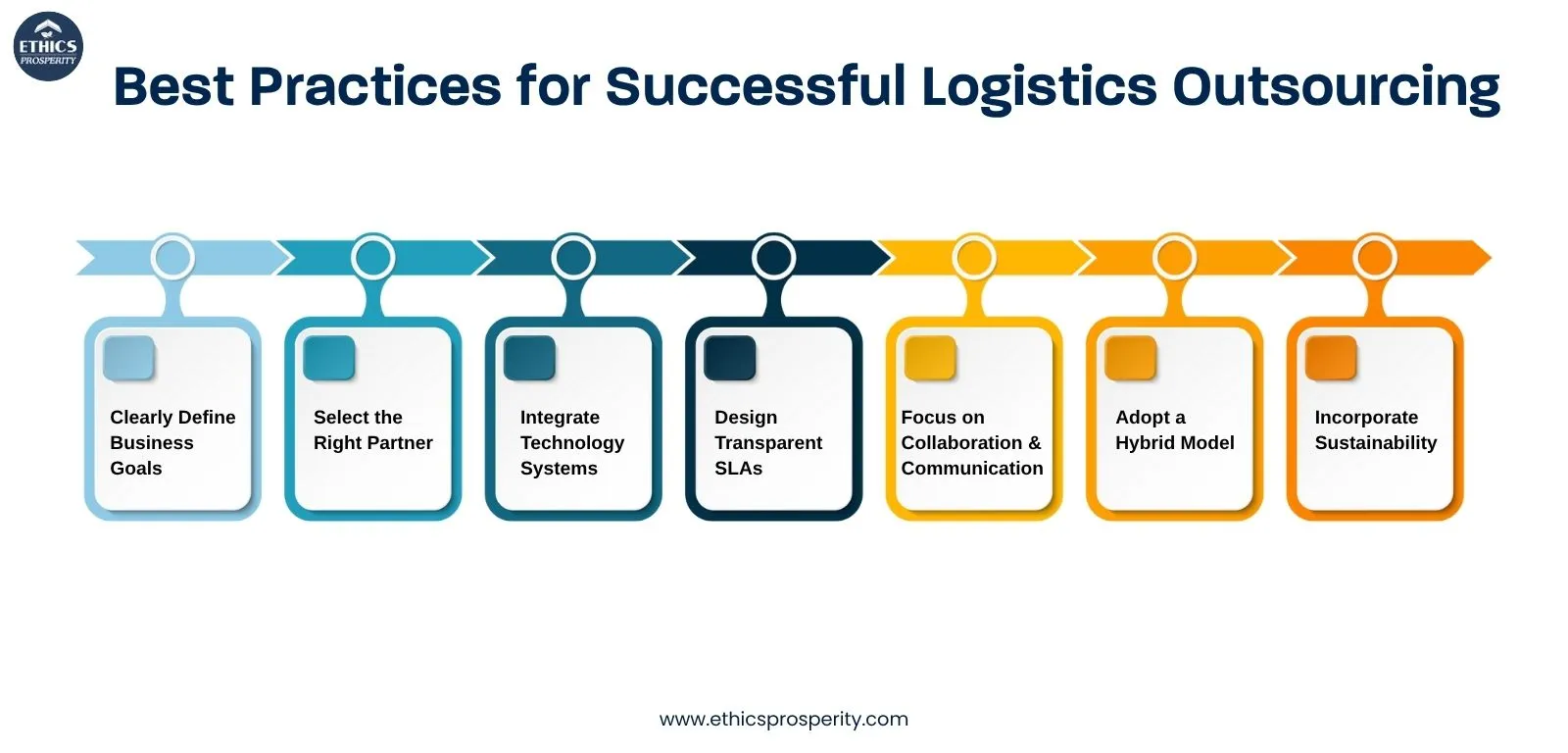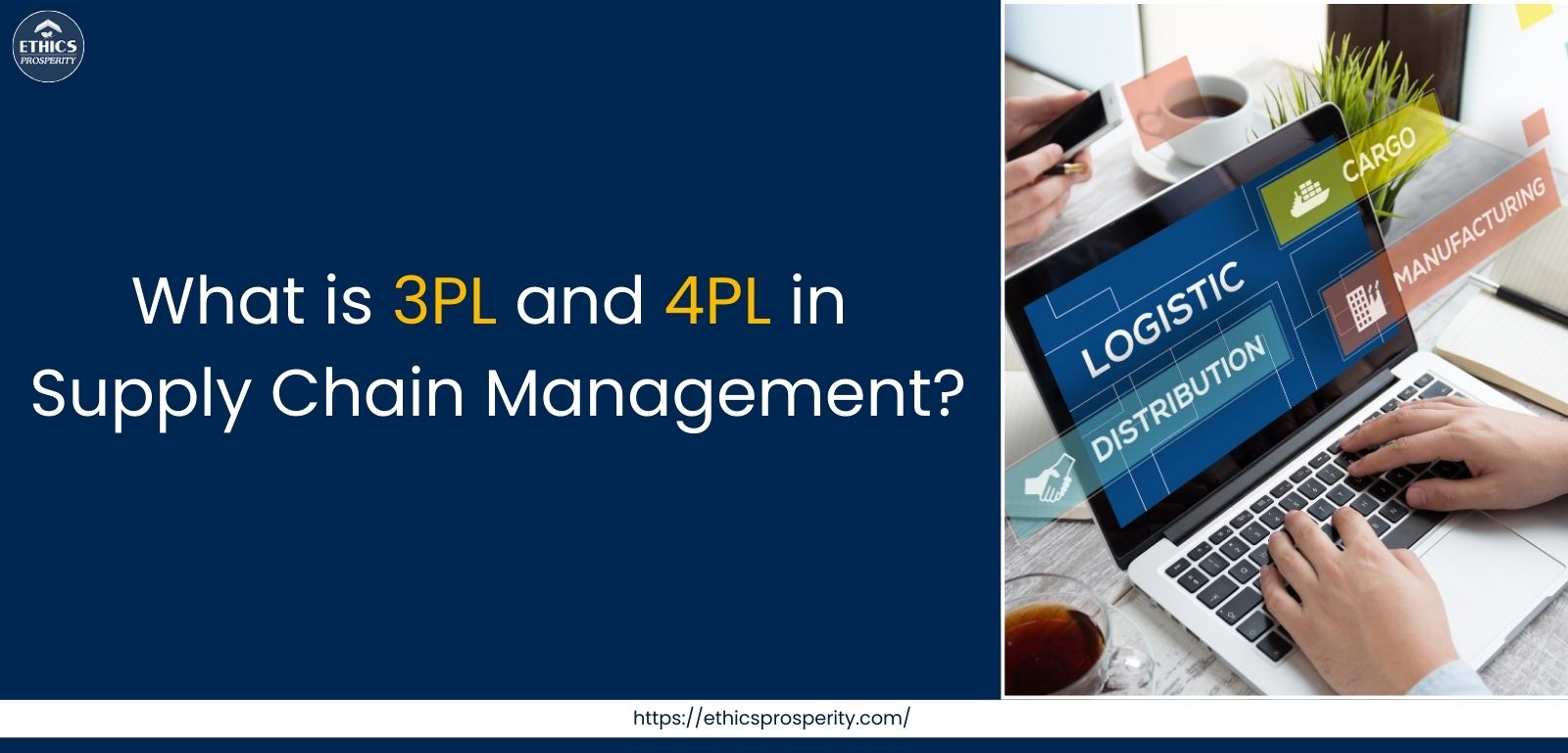In today’s hypercompetitive global market, organizations are under constant pressure to optimize operational costs while meeting increasing customer expectations for faster, accurate, and sustainable deliveries. Logistics outsourcing — whether through 3PL or 4PL providers — has become a strategic enabler for businesses to enhance supply chain agility, reduce costs, and focus on their core operations.
India, being one of the fastest-growing logistics hubs, is witnessing a rapid rise in outsourcing logistics solutions, particularly as companies embrace End-to-End Supply Chain Management, Blockchain in Supply Chain, and AI-driven optimization to enhance visibility and efficiency.
What is Outsourcing Logistics?
Outsourcing logistics refers to partnering with external service providers — typically Third-Party Logistics (3PL) or Fourth-Party Logistics (4PL) companies — to manage various aspects of logistics and supply chain operations. These may include transportation, warehousing, distribution, fulfillment, inventory management, customs clearance, and last-mile delivery.
In essence, outsourcing logistics allows companies to focus on strategic business functions like product development, marketing, and customer engagement — while experts handle the complex and capital-intensive logistics processes.
Evolution of Logistics Outsourcing
The concept of logistics outsourcing has evolved significantly over the last few decades:
-
1PL (First-Party Logistics): Businesses managed logistics in-house with limited automation and fragmented systems.
-
2PL (Second-Party Logistics): Specialized transport or warehousing companies started handling parts of logistics operations.
-
3PL (Third-Party Logistics): Integrated logistics providers emerged, offering multi-modal transport, warehousing, and order fulfillment.
-
4PL (Fourth-Party Logistics): Strategic partners managing the entire supply chain ecosystem — from procurement to delivery — using advanced digital tools like Blockchain in Smart Warehousing, AI, and IoT.
-
5PL (Fifth-Party Logistics): The latest phase focuses on digital ecosystems, automation, and sustainability-driven models integrating Reverse Supply Chain and Last-Mile Delivery Companies.
Benefits of Outsourcing Logistics

Outsourcing logistics can transform operational performance when done strategically. Here are the most critical benefits:
1. Cost Savings
Outsourcing reduces capital expenditure on fleet, warehouses, and manpower. Businesses save up to 15–25% in logistics costs by leveraging a partner’s scale and efficiency.
For example, 3PL companies in India use shared infrastructure and optimized routing to reduce per-unit logistics expenses significantly.
2. Focus on Core Business
By delegating logistics tasks to experts, businesses can allocate resources toward sales, innovation, and customer experience, improving overall productivity.
3. Access to Expertise and Technology
Outsourcing partners bring deep domain knowledge, automation systems, and advanced analytics tools such as Warehouse Management Systems (WMS), Transportation Management Systems (TMS), and Blockchain-enabled traceability. This ensures accuracy, compliance, and real-time visibility across the supply chain.
4. Flexibility and Scalability
During demand fluctuations — like seasonal surges or market expansion — logistics providers can scale operations swiftly without major investments from the client.
Custom Warehousing and Micro-Fulfillment centers enable agile fulfillment for both B2B and B2C models.
5. Improved Efficiency and Customer Service
Professional logistics providers ensure on-time deliveries, order accuracy, and end-to-end visibility, directly impacting customer satisfaction and retention.
Efficient outsourcing can reduce order cycle time by up to 30%, especially with AI in Supply Chain Management improving demand forecasting and dispatch planning.
Challenges in Outsourcing Logistics
While outsourcing logistics offers multiple advantages, it also presents challenges that need careful management:
-
Loss of Direct Control: Outsourcing logistics requires trust in a third party to uphold brand values and service levels.
-
Data Security Risks: With increasing digital integration, safeguarding data in Blockchain and smart warehousing systems is critical.
-
Hidden Costs: Misaligned service-level agreements (SLAs) can lead to unexpected expenses.
-
Integration Complexity: Synchronizing ERP, WMS, and other business systems with 3PL or 4PL platforms can be time-consuming.
-
Dependency Risks: Over-reliance on a single partner can create operational bottlenecks in case of disruptions.
To mitigate these challenges, organizations must define KPIs, build collaborative relationships, and invest in digital visibility tools.
Best Practices for Successful Logistics Outsourcing

To achieve maximum value from outsourcing, companies should adopt these proven strategies:
-
Clearly Define Business Goals
Identify measurable logistics outcomes — such as cost reduction, faster lead times, or improved service quality. -
Select the Right Partner
Evaluate 3PL and 4PL providers based on experience, infrastructure, scalability, and technological capabilities. -
Integrate Technology Systems
Use connected tools like WMS, IoT sensors, and AI-based analytics for real-time supply chain visibility. -
Design Transparent SLAs
Establish performance metrics (OTIF, cost per shipment, delivery accuracy) and review them regularly. -
Focus on Collaboration & Communication
Foster a partnership mindset rather than a transactional one. Open communication channels drive better responsiveness. -
Adopt a Hybrid Model
Some companies retain critical logistics functions in-house (like inventory control) while outsourcing others (like transport and last-mile delivery). -
Incorporate Sustainability
Choose partners committed to green logistics and reverse supply chain practices to reduce carbon footprint.
Future of Outsourcing in Supply Chain Management
The next decade will redefine logistics outsourcing in India and globally. By 2028, India’s logistics market is projected to exceed USD 400 billion, with 3PL and 4PL services accounting for a significant share.
Emerging trends shaping the future include:
-
AI-driven Route Optimization: Enhancing speed and reducing fuel costs.
-
Blockchain-enabled Traceability: Ensuring data transparency from source to delivery.
-
Cold Storage Warehouses and Dark Stores: Supporting Quick Commerce Companies and perishable product distribution.
-
SCM vs Logistics Convergence: Seamless integration of supply chain planning and execution.
-
Smart Warehousing & Automation: Leveraging robotics, drones, and IoT for near-zero error operations.
-
Sustainability & Reverse Logistics: Reusing materials and optimizing return flows for circular supply chains.
Companies that embrace these innovations will stay competitive, reduce costs, and deliver superior customer experiences in the End-to-End Supply Chain Management landscape.
Role of 3PL & 4PL Providers in Modern Supply Chains
3PL providers handle the execution — including warehousing, transportation, and order fulfillment — while 4PL providers manage the overall logistics strategy, coordination, and optimization.
|
Aspect |
3PL (Third-Party Logistics) |
4PL (Fourth-Party Logistics) |
|
Primary Role |
Execution-focused |
Strategy-focused |
|
Control Level |
Manages specific functions |
Oversees the full supply chain |
|
Technology Use |
WMS, TMS |
Advanced integration (AI, Blockchain) |
|
Cost Efficiency |
Reduces operational cost |
Optimizes total cost of ownership |
|
Best For |
SMEs and growing e-commerce firms |
Large enterprises with complex networks |
Both 3PL and 4PL play essential roles in improving supply chain resilience and efficiency. For businesses in India, partnering with the best logistics companies in India like Ethics Prosperity ensures scalability, reliability, and digital visibility across the supply chain.
Conclusion
Outsourcing logistics is no longer just about reducing costs — it’s about strategic growth, technological advancement, and customer excellence. As businesses expand, the role of 3PL and 4PL outsourcing will continue to evolve, backed by AI, Blockchain, and automation.
Organizations that embrace this transformation and build long-term partnerships with trusted providers will gain a competitive edge in the supply chain industry.





